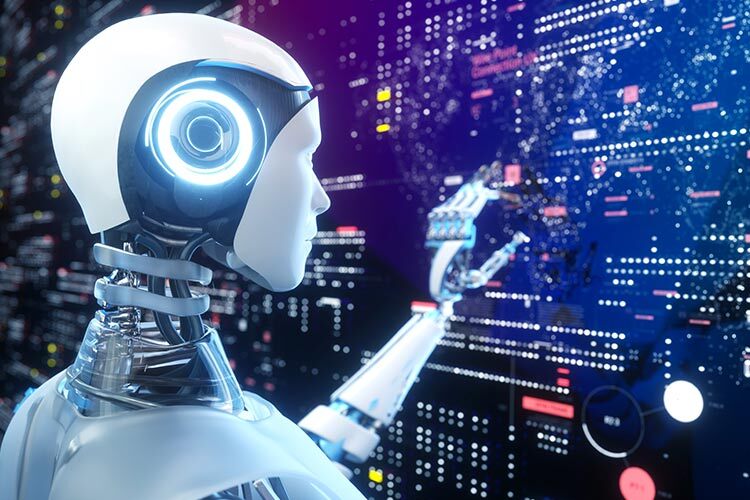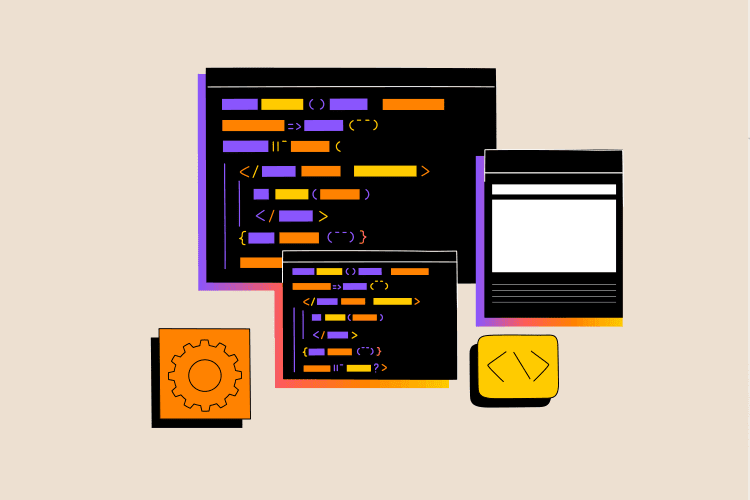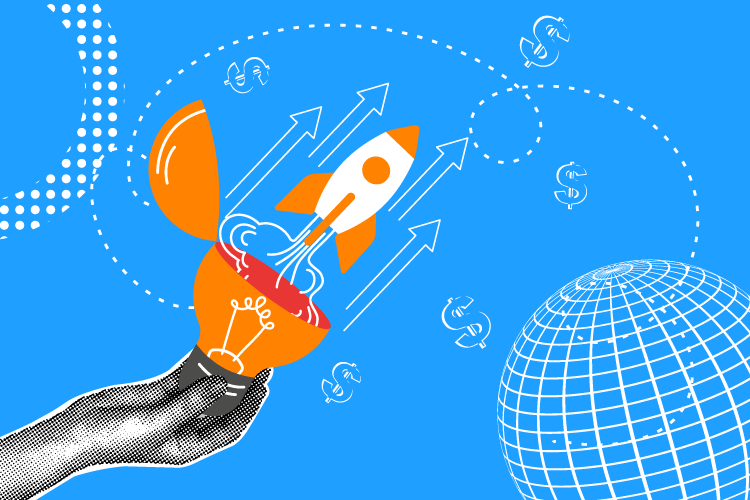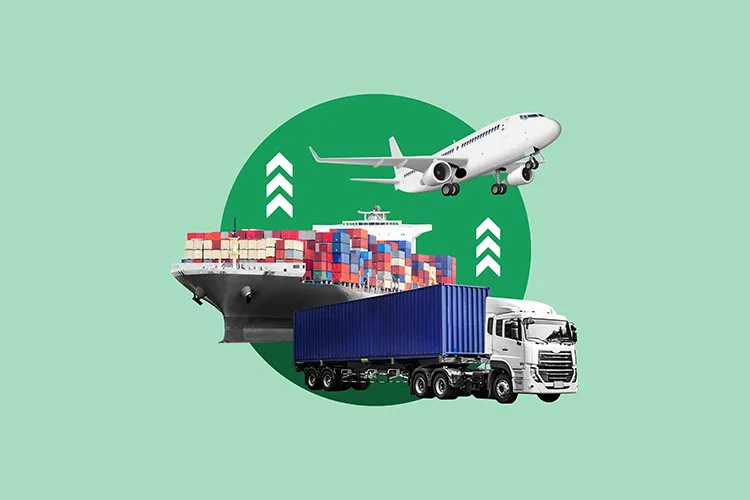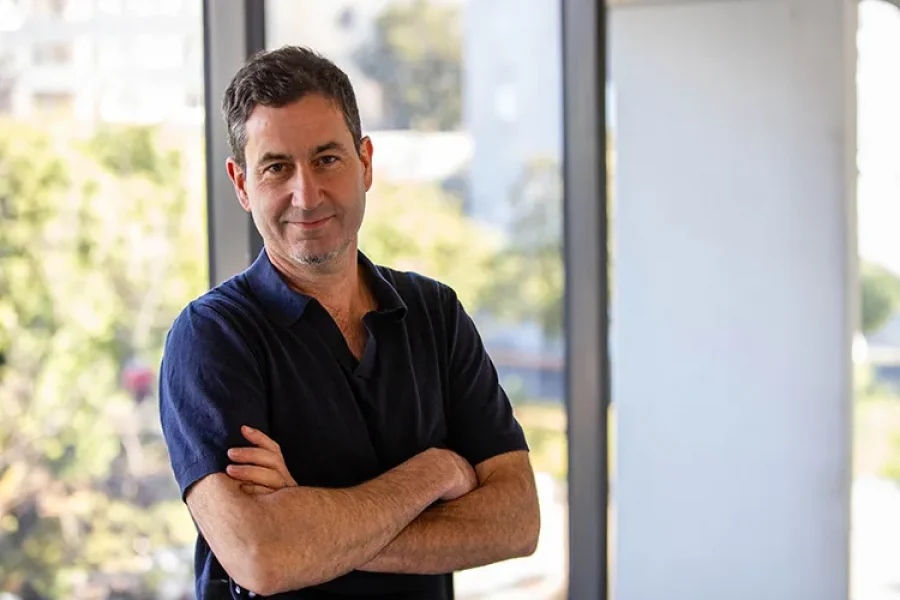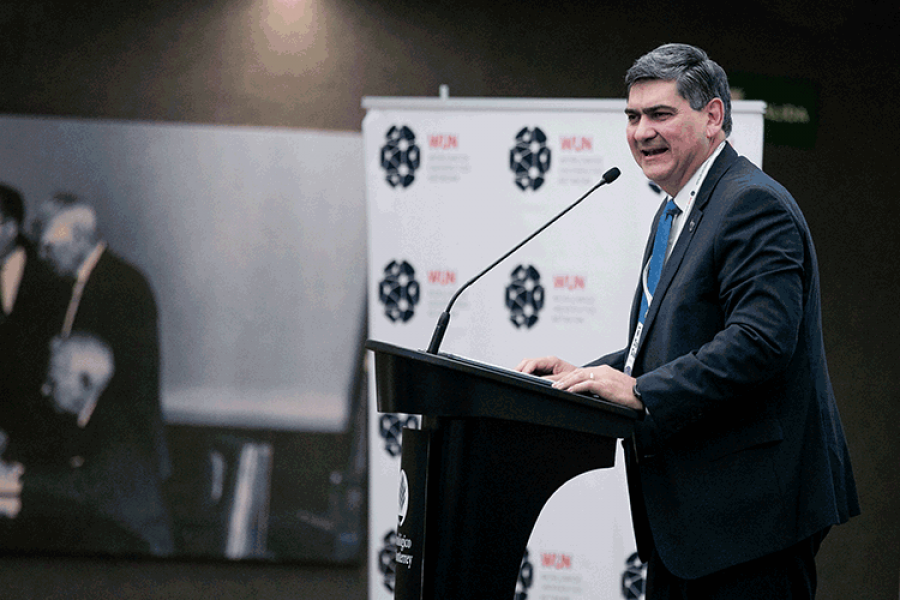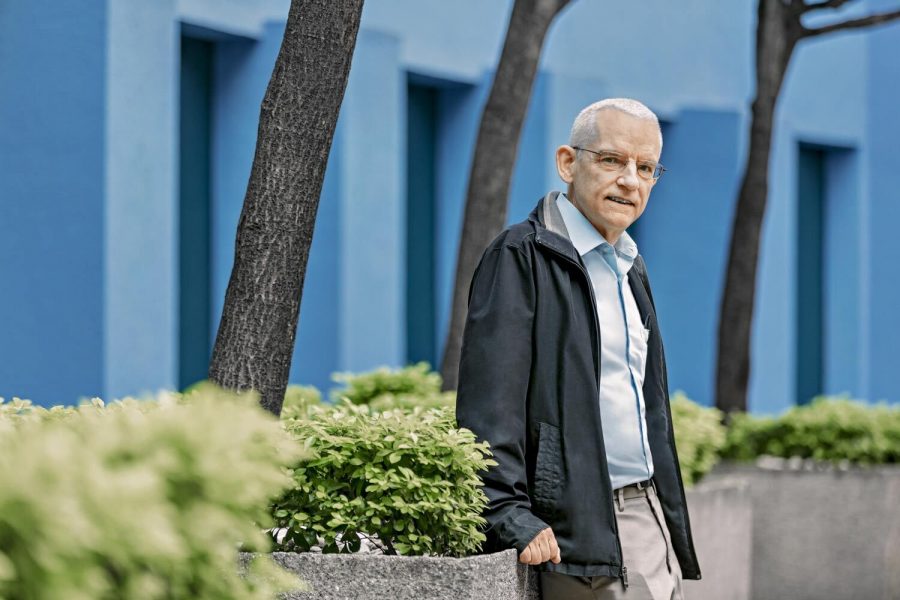In the film Pacific Rim, the world is under siege by colossal monsters known as Kaijus, capable of obliterating entire cities in the blink of an eye. To combat this threat, humanity designs and builds giant robots, composed of hundreds of mechanisms. Although these advanced technological systems are highly intelligent, they are operated by humans, who act as the “brains” of the operation.
For Edgar Barroso, a professor at the School of Government and Public Transformation at Tec de Monterrey, the movie directed by Mexican filmmaker Guillermo del Toro serves as the perfect analogy to explain the concept of Horizons Architecture (HA), the scientific and technological startup he founded. The venture promotes collaboration between humans and machines to tackle complex challenges.
“Imagine an environment where, in response to a complex challenge, individual efforts are orchestrated like a symphony, harmonizing the collaboration between AI agents and humans to expand collective possibilities,” he explains.
In real life, Kaijus don’t exist, but society does face challenges of significant complexity. According to Barroso, the answer lies in enhancing collaboration between humans and machines, thereby bridging the gap with cutting-edge technology. This can be achieved through the design of frameworks or structures that integrate software and artificial intelligence (AI) agents to manage and process vast amounts of data that inform decision-making.
Through this collaboration, individuals could gain valuable insights for planning strategies and making informed decisions across various fields, particularly in contexts marked by uncertainty and complexity. For instance, in government, this could lead to improved management of public projects, while in the healthcare sector, it could facilitate patient data analysis, help identify trends, optimize treatments, and predict disease outbreaks.
Horizons Architecture: Human-Machine Collaboration
The researcher emphasizes that HA is a way of thinking alongside machines—essentially a strategy for collective intelligence that encompasses not only people but also AI agents and data-driven systems, creating a hybrid intelligence.
When a company or organization seeks its services, the first step involves a consulting process and data collection to understand, from a human perspective, the most accurate diagnosis possible based on the available information—essentially, the current state of affairs. Following this, customized software and AI systems are designed to form a Horizon Architecture tailored to the complex challenges the clients wish to address.
“The architecture absorbs information, understands what humans aim to achieve, and from there generates potential pathways for transformation that will be validated by them. Humans will always be relevant, which is why we conduct the consulting process; without human input, we would receive generic answers that may not align with what people truly want to accomplish,” he explains.
For this process, HA relies on three key components. The first is a framework of systemic thinking—meaning it incorporates interconnected elements—structured around the axes of Simultaneous Complexity, which refers to the difficulty of coordinating actors and elements to achieve the desired outcome, and Time X, which interprets a series of nonlinear timelines.
This component also encompasses six dimensions: Legacy, which describes the desired outcomes of the users; Community, aimed at analyzing relationships among agents such as individuals and institutions to understand the dynamics of the network; and Learning, which involves creating a list of content, tools, and skills for those involved.
Additionally, there is Technology, which defines the technologies to be developed or adopted to contribute to the desired outcome; Context, which entails collecting external data to develop adaptive strategies; and Projects, the dimension that outlines specific, executable activities to achieve the legacy established by the community in addressing the complex challenge.
The second component is an AI-powered data system that transforms data and information into valuable, actionable insights. The final component is a multi-user fractal network that fosters scalable systems of collaboration and collective intelligence between humans and machines.
According to Barroso, a key differentiator of HA compared to other companies is “the way we understand and organize the information surrounding a complex problem among people and AI in a scalable manner. This is a venture where humans and machines work together within data structures that are comprehensible to both.”
Advanced Technologies to Transform Complex Challenges
Barroso envisions HA as an information structure designed to transform complex challenges. He notes, “In reality, these challenges aren’t solved; they’re transformed. You can improve them, change them, or make them worse. For instance, we will never fully solve democracy or education, which have significant issues, but we can work on them to transform them into a new iteration.”
Such challenges involve massive amounts of information that would be difficult for humans to manage alone; this is where Barroso proposes a human-machine collective intelligence approach.
The goal is to achieve the best possible outcomes through a system that combines human desire, software, data science, and artificial intelligence. The technologies employed can vary based on the specific tasks at hand. For example, AI technologies such as small language models or natural language processing can be utilized to process information in an understandable way, facilitating interactions among various stakeholders in a complex challenge.
Meanwhile, quantitative methods and AI-based systems aim to process, store, and analyze quantitative data to inform AI agents, utilizing additional technologies such as graphs and software development.
Horizon Architecture also employs multiple AI agents, which are models capable of acting and interacting autonomously. It explores emerging technological trends, such as Small Language Models, which aim to maintain reasoning and inference capabilities without requiring extensive data to develop more cost-effective models.
“A key differentiator is that we orchestrate different systems and models of AI that help organizations achieve their goals by leveraging all these AI models. The crucial aspect is how we use them in collaboration with humans, rather than leaving the most important decisions solely to AI,” he explains.
Project durations can vary depending on complexity, but on average, they range from three to seven months. Throughout the process, users integrate available information to contextualize the models for addressing their challenges in diverse ways. This can include databases, visualizations, and even AI agents, platforms, apps, or software as a service (SaaS). HA offers a consulting and licensing model based on the reasoning capabilities of the chosen model.
To date, the venture has developed projects for global organizations such as the FAO and IMPLAN, as well as entities like UPU, SAPAL, and SEG, alongside governments and companies like AT&T.
Currently, the Horizons Architecture team is focused on advancing the research and development of its technology, as well as pursuing international expansion.
Were you interested in this story? Do you want to publish it? Contact our content editor to learn more at marianaleonm@tec.mx.
